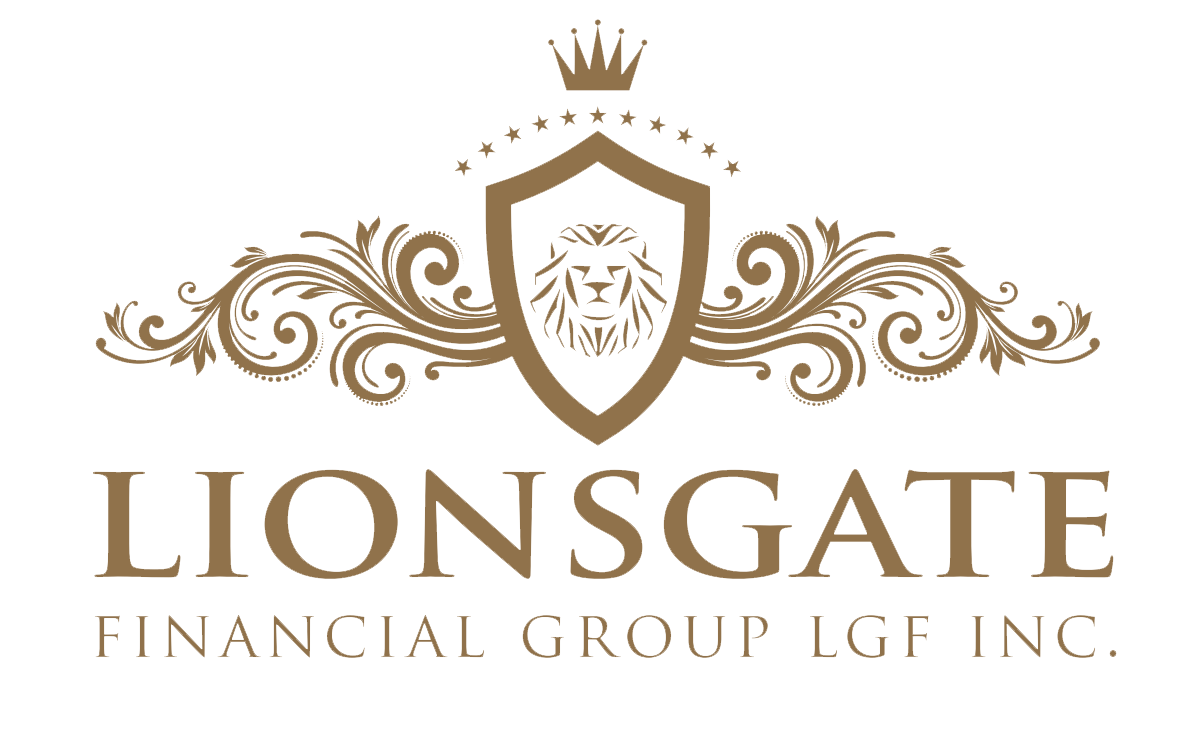During the early days of the mortgage business, brokers would require a lot of paperwork…

Can Small Businesses Improve Cash Flow?
Now you can listen to our blog post, “How Can Small Businesses Improve Cash Flow?” while on the go.
One of the biggest problems that business owners encounter is managing cash flow. In the current economic scenario, cash flow management is more important than ever. Because they believe it is impossible to predict the unpredictable, many business owners opt not to try to establish a cash flow forecast.
Prior to getting started, it’s crucial to comprehend the eight straightforward tactics that will aid your small business stretch and increase its cash flow. There are four ways to increase the amount of money that comes into your company, and four ways to decrease the amount that leaves.
8 Ways Small Businesses Can Improve Cash Flow
Utilize this checklist to manage your financial flow more skillfully.
The entire quantity of money that enters and exits a business is known as the cash flow. It is a crucial sign of how financially sound your company is. You can invest in new prospects, pay expenditures, and expand your firm with a steady, positive cash flow. Consider the following cash flow management techniques:
1. Use caution when paying invoices
Spread out your payments and extend payables as much as you can. Don’t make all of your business payments at once. If you are unable to pay, this can deplete your financial resources and possibly harm your relationships with suppliers. Instead, evaluate bills, prioritise them, and stagger payment deadlines to ensure that the most crucial payments—like rent and payroll—are paid first. Less crucial and more flexible payments can be paid later. To prevent late fees, make sure to pay on time. Additionally, see whether any bills are eligible for reductions for early payment, and then give those a higher priority.
2. Select the appropriate payroll cycle.
Payroll should be organised to work with your income stream and adhere to wage and hour regulations. Restaurants and retail establishments can more easily obtain the cash necessary for weekly payroll due to their daily income streams.
But because cash doesn’t come in as frequently for companies with slower income streams, like manufacturers or wholesalers, this might be a problem. Holding the cash to be paid less frequently than weekly, such as biweekly or monthly, may be advantageous if you’re allowed to do so by the relevant wage and hour law. Regarding information on any regulations for payroll periodicity, contact your state’s labour department.
3. Bargain with your vendor’s overpayments.
Utilizing suppliers with low prices can appear to be the ideal strategy for enhancing cash flow, but flexible payment methods may be more crucial. Inquire about the payment conditions with your vendors. Your payments might be able to coincide with your cash inflows.
4. Quickly collect receivables.
Encourage prompt receivables payment to increase cash flow. You can speed up receivables collection by using these methods:
- When taking orders, ask your customers for deposits.
- Offer smart price reductions to move out-of-date stock.
- Give clients who pay swiftly discounts.
- Think about online bills and offer online payment choices.
5. Take care to manage your credit policies.
If you provide consumers credit, be adamant about your credit standards to ensure that you receive the money you require. Try the following tactics:
- Send bills as soon as possible, confirm receipt, and take immediate action in response to late payments.
- Before granting credit to new customers, demand a credit check.
- Keep an eye on your accounts to spot late payers, and for repeat offenders, impose a cash-on-delivery policy.
6. Make use of a company credit card.
To save money, think about utilising a company credit card to pay for regular expenses. Then use your monthly statements and internet banking to keep track of those spending. Utilize any rewards programmes that can lower your costs, such as those that offer a set amount of cash back on selected purchases.
7. Take into account a credit line.
A line of credit can assist keep the cash flow cycle balanced by giving quick access to money when needed. A line of credit can be used to make up the difference between payables and receivables, purchase equipment, pay for cyclical or unforeseen expenses, or seize expansion possibilities.
8. Make and accept payments using technology.
Accept online payments to speed up receivables collection, and employ electronic fund transfers to pay bills on the due date via automatic payment. You should be able to keep track of your progress with the aid of technology.
For both your short- and long-term financial success, you must have a positive cash flow. Make the most of your money by keeping an eye on expenditures, obtaining payments fast, and using tools that will make managing your cash flow easier.
Need Some Extra Cash to Help Your Finances? Try Lionsgate!
Are you struggling with your financial needs and need some extra cash? Lionsgate can help. Just fill out the form below, letting us know all your money or mortgage requirements, and we will find the best lender for you. Amazing thing? The process is free, and you can quit it at any time.
We have a team of experts that analyze your requirements and pick the best lender for you with prudent advice.
Note: Please give your authentic information while completing the form below.
Please share this article on your social media profiles if you found it helpful. Also, visit our blog to read similar helpful articles on finance, real estate, and getting mortgages.




